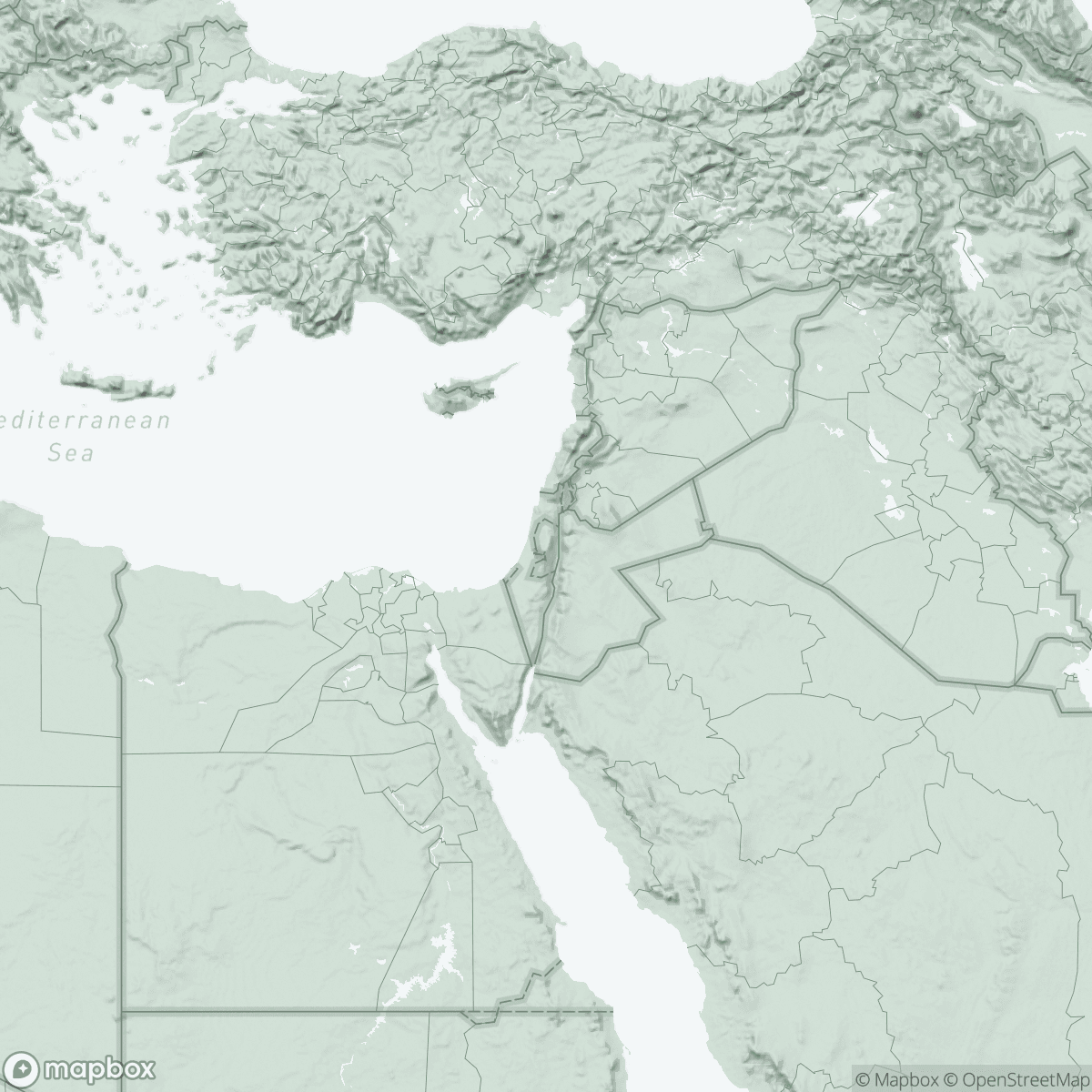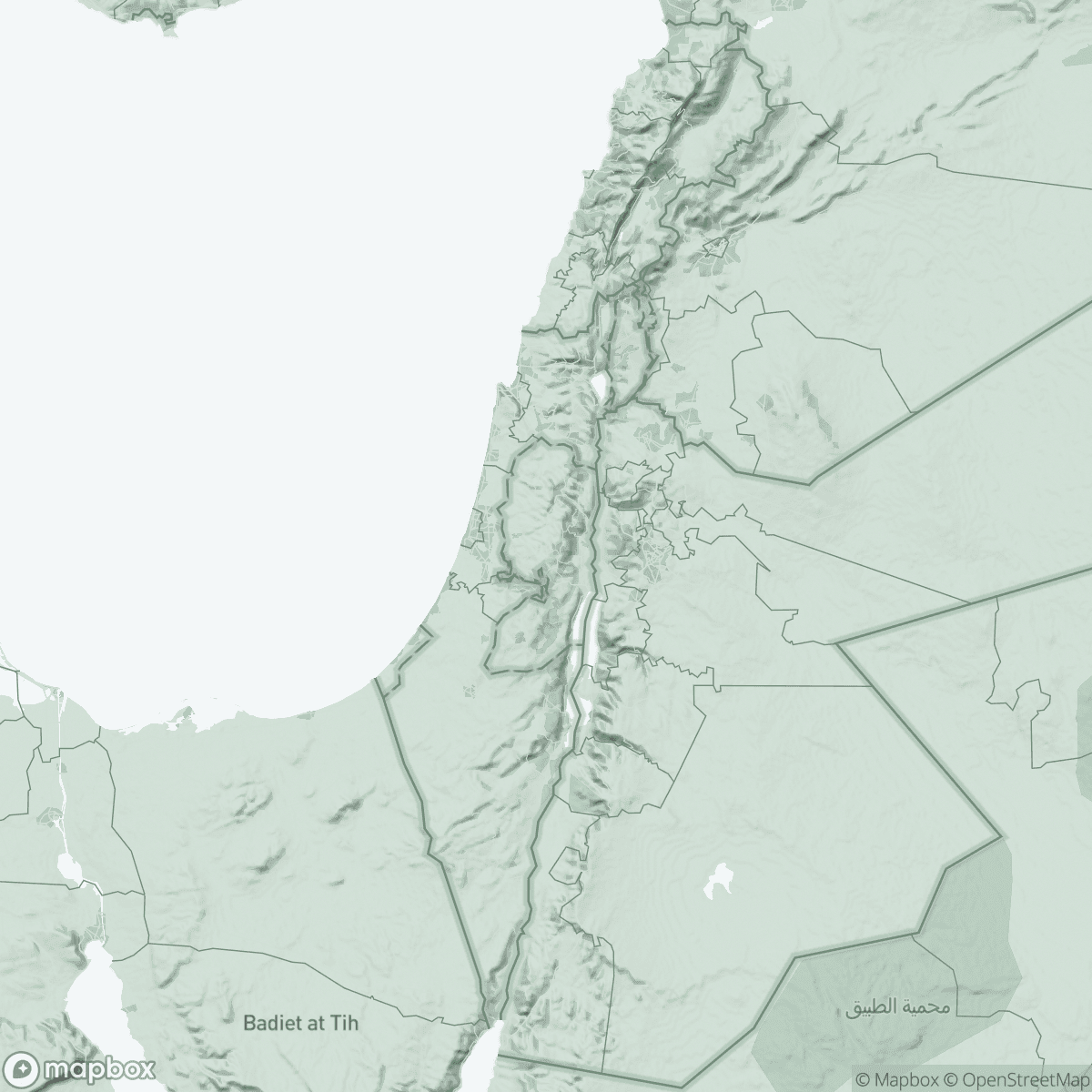
Bombings in Gaza: more than 400 victims in one night
In 1 click, help us spread this information :
In the early hours of March 18, Israeli forces attacked several areas of the Gaza Strip, after nearly two months of an already fragile ceasefire. According to the Ministry of Health, hundreds of people have been killed.
MSF teams are responding to the influx of patients in southern and central Gaza. At Nasser Hospital, we recorded 55 deaths and 113 wounded. In Deir Al Balah, the MSF field hospital received 10 wounded patients, and Al Aqsa Hospital received 20 deaths and 68 wounded patients in the emergency room. At the MSF Attar clinic in Al-Mawasi, southern Gaza, our team received 26 wounded patients, three of whom were in critical condition, who were later transferred to Nasser Hospital. The clinic was also hit by shrapnel, but MSF teams were unharmed.
Three of our staff members on site share their experiences with us.
Claire Nicolet, MSF head of emergencies, currently in Gaza
This night at 2 a.m. we have been awake by the sounds of bombing, heavy bombing. It was absolutely terrifying, for 20 minutes there were bombs all over the place and when we started looking at the situation for the whole Gaza Strip, we understood that the massive attack with airstrikes, heavy artillery, and quadcopters was aiming the whole Gaza Strip. After these 20 minutes we continued to hear all night long some heavy bombing, some airstrikes, some artillery in Rafah, in Khan Younis, in almost all parts of Gaza.
We heard as well as soon as it started the sounds of ambulances because obviously there was a huge number of patients, of wounded, of dead. Thus, a lot of patients arrived to the different hospitals. It was of course very complicated for such an attack to provide care in the timely manner.
It was quite complicated for hospitals, they were overwhelmed, it is still difficult now because patients cannot really move, they don't know if it's safe. Even our teams don't know if we can move around the Gaza Strip because as it was an ongoing truce there was no more notification system or any system ensuring it is safe to move. Now it means as well that the teams in the north and the team in the south are again split. It means that the population cannot move freely from one place to another and in reality, there is very poor access to health care, very poor access to shelter as everything is destroyed.
The population here is completely afraid. Of course, they saw that this is a full restart of the fighting and they are very scared of what's next.
Unfortunately, we also understood that the medical evacuations have stopped for now. Normally there were a few patients that could go outside Rafah every day. But it will not happen anymore by today, and we don't know how long it will continue.
At the moment this is the current situation we are living into and unfortunately there is a lot of needs but also a lot of uncertainty on what's next. It's very scary for people and they are very afraid of the current situation.
Dr Mohammed Abu Mughaiseeb, MSF deputy medical coordinator, southern Gaza
We woke up at 2 a.m. to very heavy airstrikes. I mean, the Rafah-Mawasi area was really shaking. The ground was shaking.
The place that I was in was completely shaking. It reminded us of the beginning of the war, the type of airstrikes, which were very heavy. We started contacting our teams who are working in our facility in Nasser Hospital.
MSF received around five patients. Among the five patients were three children, one woman, and one man. The type of injuries was very serious. From amputation of the limbs to complicated orthopedic and burn cases.
In total, the Ministry of Health announced that there were more than 400 casualties during the night, during the airstrikes, in whole Gaza Strip, from the north to the south. The hospitals are not able to cope with the situation regarding the mass casualties that they received at once in all the hospitals from north to south.
Dr Mohammad Qishta, MSF emergency doctor at Nasser Hospital
The emergency in Al-Nasser Hospital was disastrous.
We received many bodies and “body parts”, most of them children and women. The situation was disastrous.
The bodies were everywhere in the emergency room, with complete confusion among the citizens. Some of the citizens rushed to get treatment and other families rushed to the emergency room for protection.
Each of us had two concerns : one is the triage the cases and to help with those in need, to intervene quickly. The other one was to ensure that families are ok and safe, especially since most of us have returned to the places where they lived after a long displacement. At that moment, everyone was praying God that none of their relatives would be among the martyrs and the injured.
The situation was very tense, and the doctors in the emergency room fell down and collapsed. They were crying due to the intensity and the difficulty of the situation.
Then there were some serious cases, such as third degree burns, burns on the face, amputations, wounds on the head, wounds on the chest… Most of the cases were classified according to the Triage Law as red cases. At the end, there were cases that were classified as yellow or green cases, such as cut wounds or fractures.
The situation was disastrous. It was difficult to control the situation there because there were so many people in Nasser Hospital.
MSF continues to call for a lasting ceasefire in Gaza. The population simply cannot afford another wave of violence and devastation. Israel must end the collective punishment inflicted on the population. Humanitarian aid and essential supplies must be allowed to enter.

